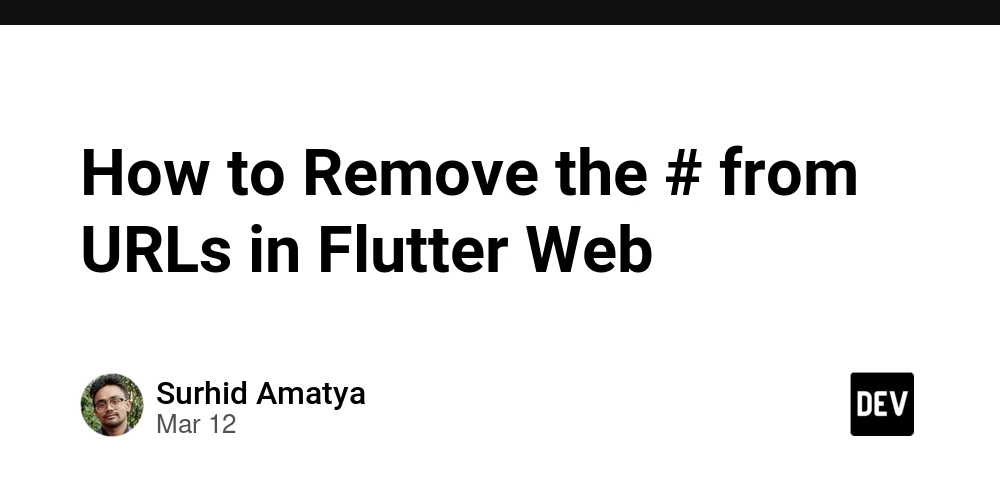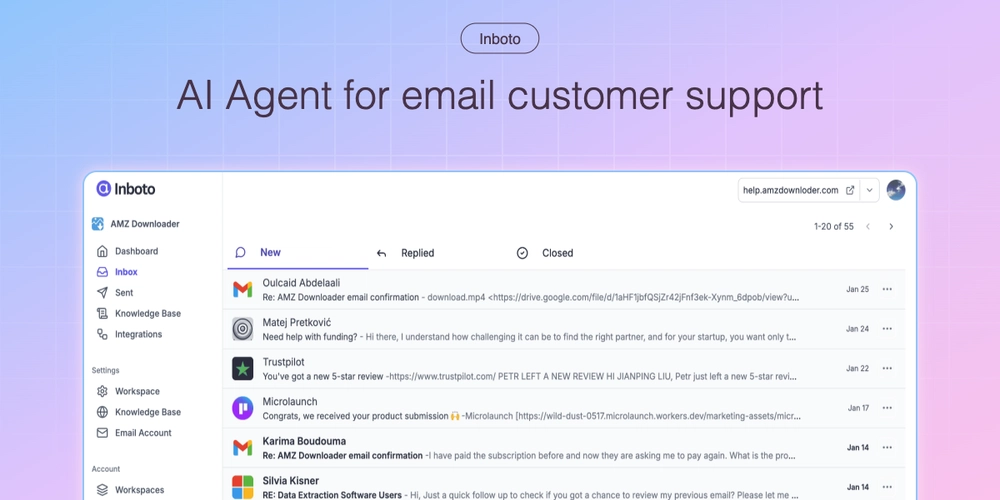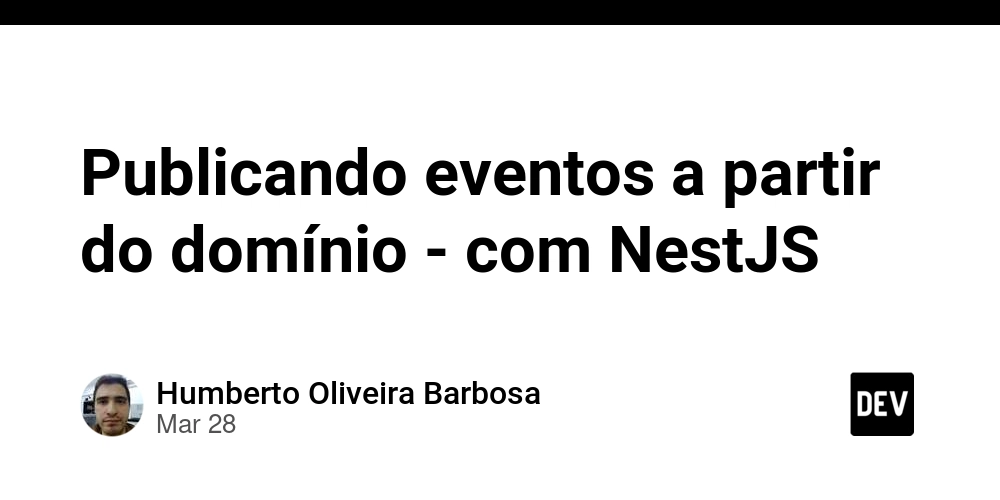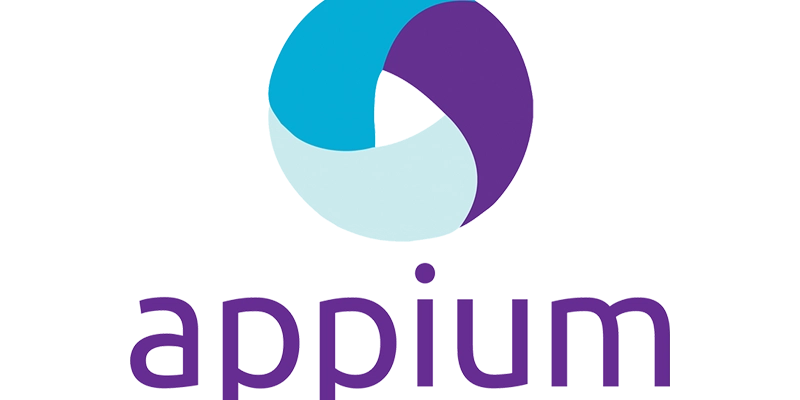How to Remove the # from URLs in Flutter Web
FLutter was used recently to develop mobile and web apps for a FinTech. Wile loading the URL flutter displayed a # in every URL path and I was amazed. After some research I found By default, Flutter web apps use a HashUrlStrategy, which results in URLs like example.com/#/home While this ensures smooth navigation without special server configurations, it doesn’t look clean or SEO-friendly or deeplinking-friendly. So, how do you remove the # and achieve a clean URL structure like this? example.com/home The answer is PathUrlStrategy Understanding URL Strategies in Flutter Web Flutter web apps support two ways of configuring URL-based navigation: Hash URL Strategy (Default) Paths are stored in the hash fragment (#) of the URL. Example: flutterexample.dev/#/path/to/screen. No server-side configuration is required. Path URL Strategy (Recommended) Paths are stored without a hash (#). Example: flutterexample.dev/path/to/screen. Uses the History API, requiring some server-side configuration. To switch to PathUrlStrategy, follow the steps below. Step 1: Update Your Dependencies The _flutter_web_plugins_ library is part of the Flutter SDK. You don't need to install it separately via pub add, but you must include it in your pubspec.yaml file: dependencies: flutter: sdk: flutter flutter_web_plugins: sdk: flutter Step 2: Modify main.dart to Use PathUrlStrategy To configure your Flutter web app without the # in URLs, add the following import and function call before running the app: import 'package:flutter/material.dart'; import 'package:flutter_web_plugins/url_strategy.dart'; void main() { usePathUrlStrategy(); // Removes '#' from URLs runApp(MyApp()); } Step 3: Configure Your Web Server Since PathUrlStrategy uses the browser's History API, additional server-side configuration is required to handle routing correctly. For Nginx Modify your nginx.conf to ensure unknown routes serve index.html: location / { try_files $uri /index.html; } For Apache (.htaccess) Add this to your .htaccess file: RewriteEngine On RewriteCond %{REQUEST_FILENAME} !-f RewriteCond %{REQUEST_FILENAME} !-d RewriteRule .* /index.html [L] For Firebase Hosting If using Firebase, enable single-page app (SPA) mode by updating your firebase.json: "hosting": { "public": "build/web", "rewrites": [ { "source": "**", "destination": "/index.html" } ] } Step 4: Adjust base href for Non-Root Hosting If you are hosting your Flutter web app in a subdirectory (e.g., myapp.dev/flutter_app), update the tag in web/index.html: Important: For relative paths, ensure the considers the full URL structure to prevent issues when navigating nested routes. Bonus: Maintain Backward Compatibility If your users rely on the #/ format, but you still want to remove it, use this: usePathUrlStrategy(includeHash: true); This removes the # but still supports hash-based routes in legacy browsers. By implementing PathUrlStrategy, you can: Clean up your URLs – No more # in the address bar! Improve SEO – Search engines prefer structured, clean URLs. Enhance User Experience – Users expect modern, readable URLs.

FLutter was used recently to develop mobile and web apps for a FinTech. Wile loading the URL flutter displayed a # in every URL path and I was amazed. After some research I found By default, Flutter web apps use a HashUrlStrategy, which results in URLs like example.com/#/home
While this ensures smooth navigation without special server configurations, it doesn’t look clean or SEO-friendly or deeplinking-friendly.
So, how do you remove the # and achieve a clean URL structure like this?
example.com/home
The answer is PathUrlStrategy
Understanding URL Strategies in Flutter Web
Flutter web apps support two ways of configuring URL-based navigation:
- Hash URL Strategy (Default) Paths are stored in the hash fragment (#) of the URL. Example: flutterexample.dev/#/path/to/screen. No server-side configuration is required.
- Path URL Strategy (Recommended) Paths are stored without a hash (#). Example: flutterexample.dev/path/to/screen. Uses the History API, requiring some server-side configuration.
To switch to PathUrlStrategy, follow the steps below.
Step 1: Update Your Dependencies
The _flutter_web_plugins_ library is part of the Flutter SDK. You don't need to install it separately via pub add, but you must include it in your pubspec.yaml file:
dependencies:
flutter:
sdk: flutter
flutter_web_plugins:
sdk: flutter
Step 2: Modify main.dart to Use PathUrlStrategy
To configure your Flutter web app without the # in URLs, add the following import and function call before running the app:
import 'package:flutter/material.dart';
import 'package:flutter_web_plugins/url_strategy.dart';
void main() {
usePathUrlStrategy(); // Removes '#' from URLs
runApp(MyApp());
}
Step 3: Configure Your Web Server
Since PathUrlStrategy uses the browser's History API, additional server-side configuration is required to handle routing correctly.
For Nginx
Modify your nginx.conf to ensure unknown routes serve index.html:
location / {
try_files $uri /index.html;
}
For Apache (.htaccess)
Add this to your .htaccess file:
RewriteEngine On
RewriteCond %{REQUEST_FILENAME} !-f
RewriteCond %{REQUEST_FILENAME} !-d
RewriteRule .* /index.html [L]
For Firebase Hosting
If using Firebase, enable single-page app (SPA) mode by updating your firebase.json:
"hosting": {
"public": "build/web",
"rewrites": [
{
"source": "**",
"destination": "/index.html"
}
]
}
Step 4: Adjust base href for Non-Root Hosting
If you are hosting your Flutter web app in a subdirectory (e.g., myapp.dev/flutter_app), update the web/index.html:
Important:
For relative paths, ensure the considers the full URL structure to prevent issues when navigating nested routes.
Bonus: Maintain Backward Compatibility
If your users rely on the #/ format, but you still want to remove it, use this:
usePathUrlStrategy(includeHash: true);
This removes the # but still supports hash-based routes in legacy browsers.
By implementing PathUrlStrategy, you can:
- Clean up your URLs – No more # in the address bar!
- Improve SEO – Search engines prefer structured, clean URLs.
- Enhance User Experience – Users expect modern, readable URLs.










































































































































































![[The AI Show Episode 142]: ChatGPT’s New Image Generator, Studio Ghibli Craze and Backlash, Gemini 2.5, OpenAI Academy, 4o Updates, Vibe Marketing & xAI Acquires X](https://www.marketingaiinstitute.com/hubfs/ep%20142%20cover.png)



























































































































![[FREE EBOOKS] The Kubernetes Bible, The Ultimate Linux Shell Scripting Guide & Four More Best Selling Titles](https://www.javacodegeeks.com/wp-content/uploads/2012/12/jcg-logo.jpg)



![From drop-out to software architect with Jason Lengstorf [Podcast #167]](https://cdn.hashnode.com/res/hashnode/image/upload/v1743796461357/f3d19cd7-e6f5-4d7c-8bfc-eb974bc8da68.png?#)






































































































.png?#)




.jpg?#)































_Christophe_Coat_Alamy.jpg?#)








































































































![Rapidus in Talks With Apple as It Accelerates Toward 2nm Chip Production [Report]](https://www.iclarified.com/images/news/96937/96937/96937-640.jpg)









































































































































